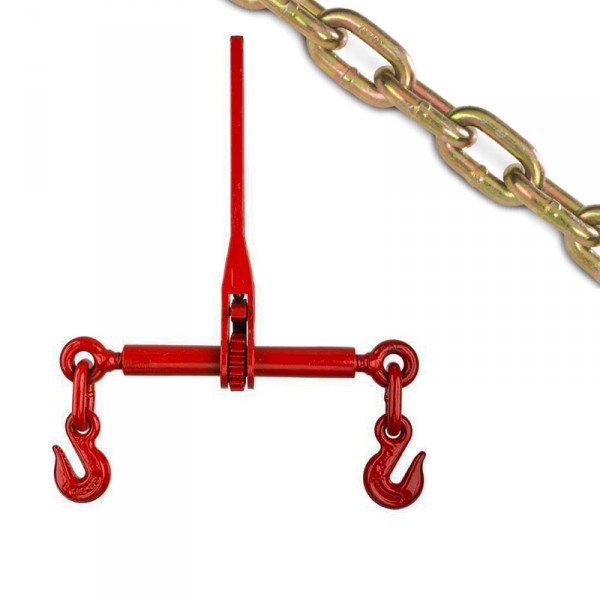
Following the specifications of building is an important consideration for any project. This is made feasible by a number of strategies, including giving a contractor and the project management team as a whole a uniform structure, plan, and roadmap to guarantee that everyone is in agreement. Establishing such a direction also gives the rendering company and the team the opportunity to be ready for the work in advance, ensuring that everyone is prepared for the assignment.
There are numerous project management factors related to operations, construction, and inspection when you look about. The mechanical, electrical, and plumbing make up an MEP system. The perfect design of your subsystems is important to ensuring that your MEP system is running at top efficiency and making profitable outcomes.
There are a number of difficulties and issues pertaining to MEP systems and services. We must make sure we have adequate solutions on hand to deal with them. In this blog, we are highlighting the common issues that arise frequently and their fixes.
6 Challenges and Solutions in MEP Engineering
1. Problems with Coordination
Coordinating the many systems involved in a project is one of the main issues in MEP engineering services. Because mechanical, electrical, and plumbing systems are frequently found near to one another, smooth integration is necessary to prevent errors and inefficiencies. Inadequate coordination may result in expensive rework and construction delays.
Solution
One potential solution to improve collaboration and coordination among several domains is to incorporate Building Information Modeling (BIM) technology. 3D visualization and data exchange are made possible by BIM, which also facilitates early clash identification and streamlines stakeholder communication.
2. Demands for Energy Efficiency
MEP engineers are facing increasing pressure to develop techniques that minimize energy use without compromising performance, given the growing importance of sustainability and energy efficiency. Strict adherence to energy rules and standards can be difficult, especially in older buildings with outdated technology.
Solution
To assess and maximize the building’s energy performance, use energy modeling technologies in the design stage. Think about utilizing energy-saving tools and systems, such variable-speed drives, LED lights, and highly efficient HVAC systems.
3. Quickly Developing Technology
MEP engineering services is a constantly changing sector where new technologies are developed on a regular basis. It might be difficult to stay on top of new developments and comprehend their importance.
Solution
Promote lifelong learning and career advancement among your staff. Keep up with industry journals, go to conferences, and spend money on training courses to make sure your staff is prepared to use the newest technologies efficiently.
4.Limitations on Budget
Budget restrictions are a frequent problem for MEP projects. It might be challenging to strike a balance between the need for energy-efficient systems and cutting-edge technologies and the available budgets.
Solution
Set project priorities according to long-term benefits. It takes into account the system’s lifetime operating and maintenance costs in addition to its original costs.
5. Compliance with Building Codes
For the project to be safe and compliant, adherence to building standards and regulations is crucial. It might be difficult to understand and keep up with codes that are constantly changing, though.
Solution
Hire MEP consultants with experience who understand the building laws and regulations in your area. To stay up to date on updates and any modifications, engage in regular consultations with code authorities and take part in code development committees.
6. Conflicts in Design between MEP Specialties
When different MEP systems heating, ventilation, air conditioning (HVAC), electrical, plumbing, and fire protection are built in isolation without enough collaboration, design conflicts result. This may cause difficulties during construction when pipes, ducts, and electrical lines cross or overlap with other architectural features or structural parts. These conflicts could cause expensive rework, delays, and schedule disruptions if they are not detected. For the building process to run smoothly and the MEP systems to function efficiently, these conflicts must be identified early on and resolved.
Solution
Real-time clash detection technologies are made possible by BIM, and they continually scan the 3D model for conflicts between architectural, structural, and MEP system components. All MEP systems and structural components of the building are included in a centralized 3D digital model. This model is always being examined by BIM real-time clash detection algorithms, which identify possible conflicts as soon as they appear.
With the use of BIM, parametric models may be created, in which modifications to one area of the design immediately update related aspects throughout the model. Updates in real time guarantees consistency and coordination among MSP specialists.
Final Takeaway,
MEP engineering services has its share of difficulties, but they may be resolved with careful preparation, creative thinking, and a dedication to ongoing improvement. In the ever changing field of MEP engineering, innovation, teamwork, and knowledge of market trends are essential for being competitive. MEP engineers can provide effective, long-lasting, and future-proof solutions that have a beneficial influence on the built environment and the communities they serve by taking on these difficulties head-on.









